An international team have developed nanobots that travel in the bloodstream and tackle cancer from the inside.
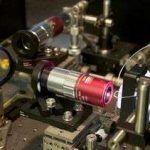

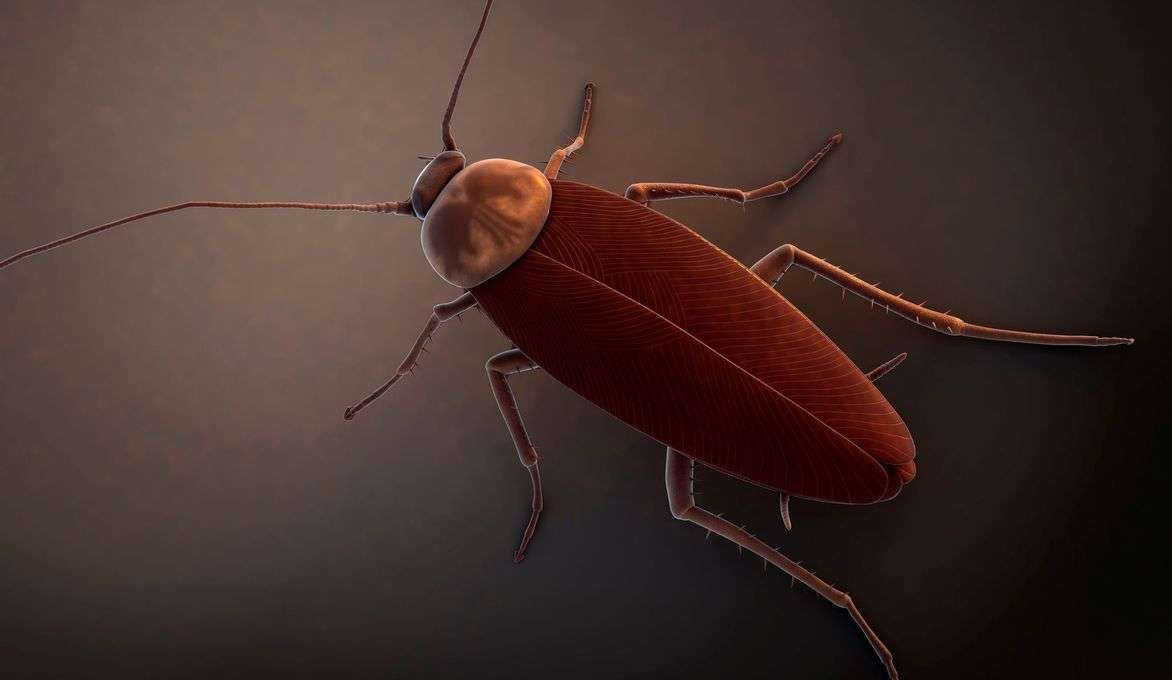
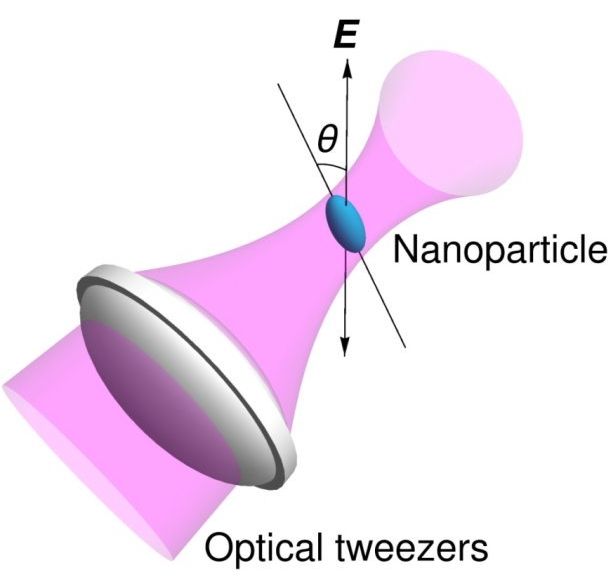
Researchers have levitated a tiny nanodiamond particle with a laser in a vacuum chamber, using the technique for the first time to detect and measure its “torsional vibration,” an advance that could bring new types of sensors and studies in quantum mechanics.
The experiment represents a nanoscale version of the torsion balance used in the classic Cavendish experiment, performed in 1798 by British scientist Henry Cavendish, which determined Newton’s gravitational constant. A bar balancing two lead spheres at either end was suspended on a thin metal wire. Gravity acting on the two weights caused the wire and bar to twist, and this twisting — or torsion — was measured to calculate the gravitational force.
In the new experiment, an oblong-shaped nanodiamond levitated by a laser beam in a vacuum chamber served the same role as the bar, and the laser beam served the same role as the wire in Cavendish’s experiment.
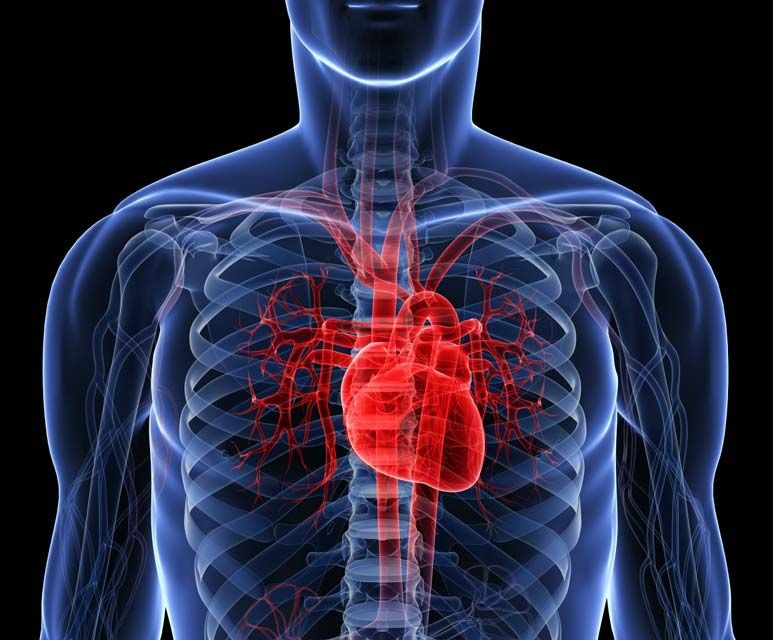
An international collaboration of scientists involving a team of researchers at Manchester led by Dr. David J. Lewis has developed a tiny electric sensor, which could potentially improve patient survival rates by telling doctors if a person has had a heart attack.
Cardiovascular diseases account for around 30 per cent of adult deaths in the 30–70 year age group, which is greater than the combined deaths from all types of cancer. The ability to diagnose cardiac disease is therefore of utmost concern to doctors. When someone has a heart attack, certain chemicals are released into their bloodstream in elevated amounts, and blood tests are therefore the key to diagnosis.
Lewis, from Manchester’s School of Materials, has worked with his colleagues and a team at India’s Institute of Nano Science and Technology (INST) since 2014 to develop a nanoscale sensor made from ‘few-layer black phosphorus’, a new 2D material, which was coated in Deoxyribonucleic Acid (DNA)/genetic material. The immobilised DNA binds to a chemical called myoglobin, which increases in blood plasma after a heart attack and can be detected and measured by a simple electrical test. This could have a major impact, as it is potentially the most rapid, sensitive, selective and accurate method currently available to detect if someone has elevated levels of myoglobin – the measurement of which is one of the methods used in hospitals to check if someone has suffered a heart attack. The researchers predict that its eventual introduction into the clinic could potentially improve patient survival rates after an attack.

Interesting read.
When it comes to delivering drugs, nanoparticles shaped like rods and worms are the best bet for making the daunting journey to the centre of a cell, new Australian research suggests.
A new study published in Nature Nanotechnology has answered a long-standing question that could lead to the design of better drug delivery vehicles: how nanoparticle shape affects the voyage through the cell.
“We were able to show for the first time that nanoparticles shaped like rods and worms were more effective than spherical nanoparticles at traversing intracellular barriers and this enabled them to get all the way into the nucleus of the cell,” says lead author UNSW’s Dr Elizabeth Hinde.

UCLA’s new method to smaller molecule machines.
UCLA nanoscience researchers have determined that a fluid that behaves similarly to water in our day-to-day lives becomes as heavy as honey when trapped in a nanocage of a porous solid, offering new insights into how matter behaves in the nanoscale world.
“We are learning more and more about the properties of matter at the nanoscale so that we can design machines with specific functions,” said senior author Miguel García-Garibay, dean of the UCLA Division of Physical Sciences and professor of chemistry and biochemistry.
The research is published in the journal ACS Central Science.
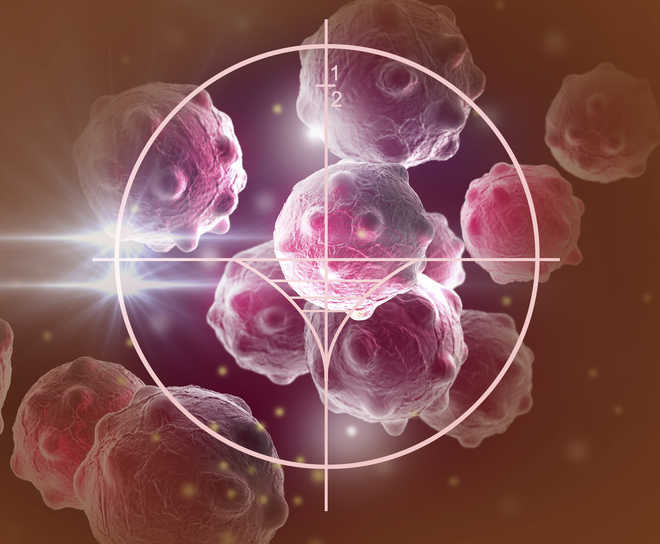

Mechanically stacked two-dimensional Van-der-Waals heterostructures have been engineered to devise Terahertz frequency nano-detectors by using a flake of black phosphorus (BP) trapped between two layers of hexagonal boron nitride (hBN).
An international collaboration between researchers from Italy, USA, France and Poland brought together the benefits of heterostructure architecture and the potential of 2D layered nanomaterials to build THz photon sensors that operate over the 0.3−0.65 THz range, at low temperatures, with excellent signal to noise ratio values. They accomplished this by reassembling the thin isolated atomic planes of hexagonal borum nitride (hBN) with a few layer phosphorene (black phosphorus (BP)) in mechanically stacked hBN/BP/hBN heterostructures.
Artificial semiconductor heterostructures have an important role in modern electronic and photonic technologies, due to their effectiveness for manipulation and control of carriers from the visible to the THz range. Even though they are incredibly versatile, they usually require challenging production procedures due to the need of clean and abrupt interfaces. These characteristics are a major challenge for having high-efficiency devices at room temperature like source, detectors or modulators, especially in the far-infrared. With the emergence of two-dimensional (2D) layered materials, like graphene and phosphorene, as reliable, flexible and versatile alternatives for detectors operating at THz with low signal to noise ratio, this challenge was finally overcome.
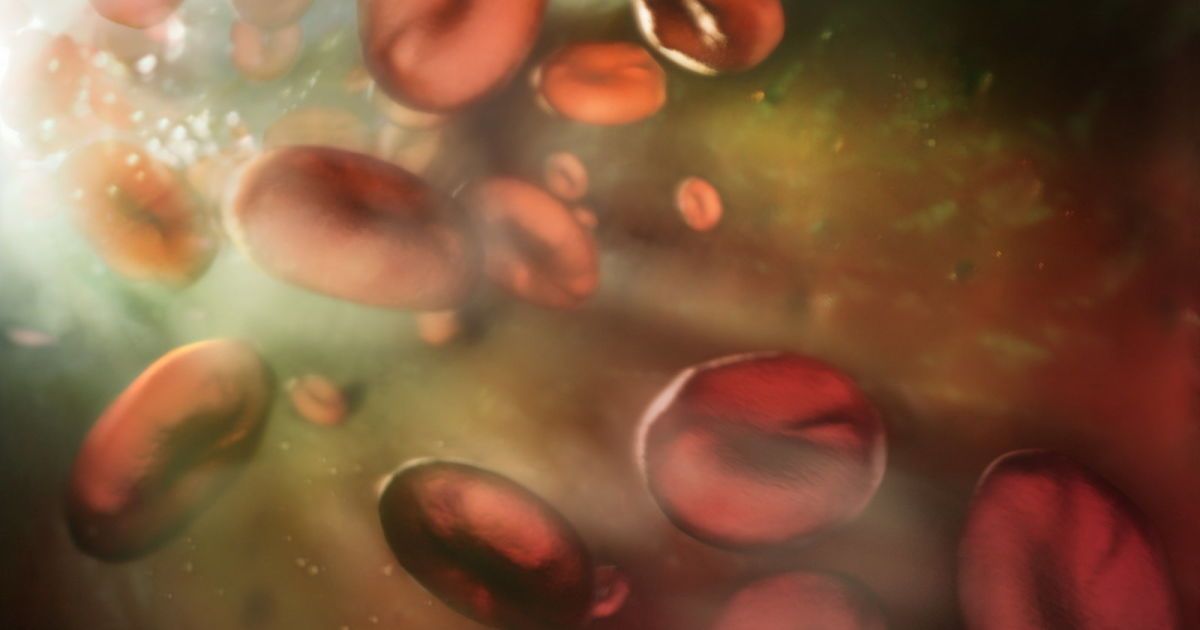
Doctors have long dreamed of delivering drugs to specific parts of your body, and they may soon have a clever way to do it: fish. UC San Diego researchers have developed nanoscale metallic fish (they’re just 800 nanometers long) that could carry medicine into the deeper reaches of your bloodstream. Each critter has a gold head and tailfin, as well as a nickel body joined by silver hinges. You only have to subject them to an oscillating magnetic field to make them swim — there’s no need for propellers or a passive (read: slow) delivery system. That, in turn, could make the drug carriers smaller even as they move quickly.
The technology definitely has its flaws. It’s not currently biodegradable, so you may be stuck with this school of fish unless there’s a way to flush them out. Gold and silver aren’t the cheapest metals, either. Scientists are working on biodegradability, however, and they’re hopeful that it will be useful for more than just guiding drugs. You could use to control individual cells, for example, or conduct certain forms of non-invasive surgery. It may just be a matter of refining the technique before you can get medicine exactly where you need it.
Nice.
Crocus Technology, a leading developer of Tunneling Magnetoresistive Sensors (TMR) based on proprietary and patented Magnetic Logic Unit (MLU) technology, announces the availability of the CT51x digital switch, the first in a series of fully integrated digital sensors the company has launched. This family of devices accommodates a wide range of applications with larger air gaps, smaller magnetic fields, and significantly lower power consumption. The CT51x enables high-accuracy position detection, control and power switching functions with high sensitivity and reliability that system designers demand for the IoT, consumer and industrial applications.
“With ever increasing demand for intelligent sensing in smart products, the CT51x family of devices offers design-in flexibility and cost-savings for existing and emerging applications: IoT, wearables, appliances, smart meters, intelligent smart locks and other consumer products,” said Zack Deiri, Chief Sales and Marketing Officer at Crocus Technology. “The market is gravitating towards intelligent solid-state magnetic switches that provide higher reliability, faster frequency response, and extremely low power consumption for battery-powered applications in a smaller form factor, such as the CT51x.”
When used as a proximity switch, the CT51x can detect window or door movement in intrusion alarm systems and appliances. The digital switch can also activate wake-up and sleep modes in mobile devices such as laptops with lid open/closed detection with extremely low power consumption. The CT51x also measures rotation speed in battery-powered smart flow meters and can act as a safeguard against tampering in smart utility meters where annual losses surpass a billion dollars.